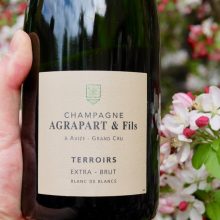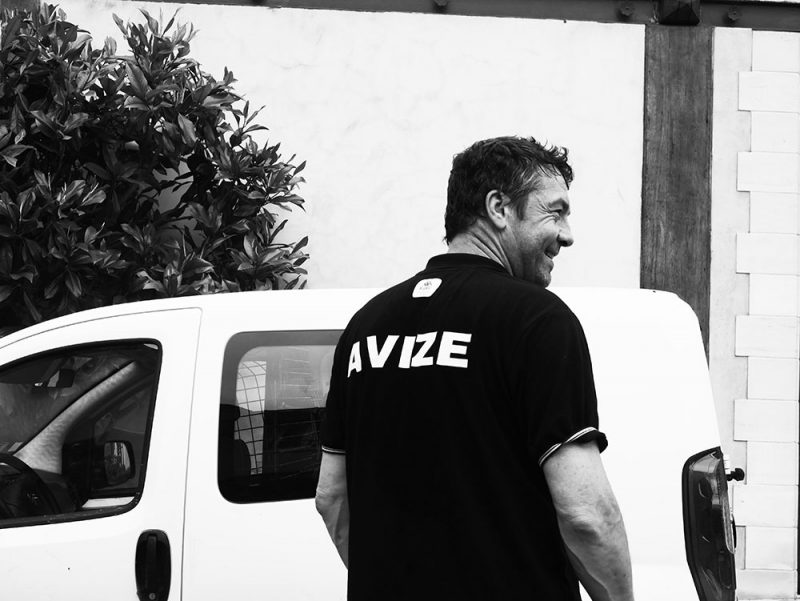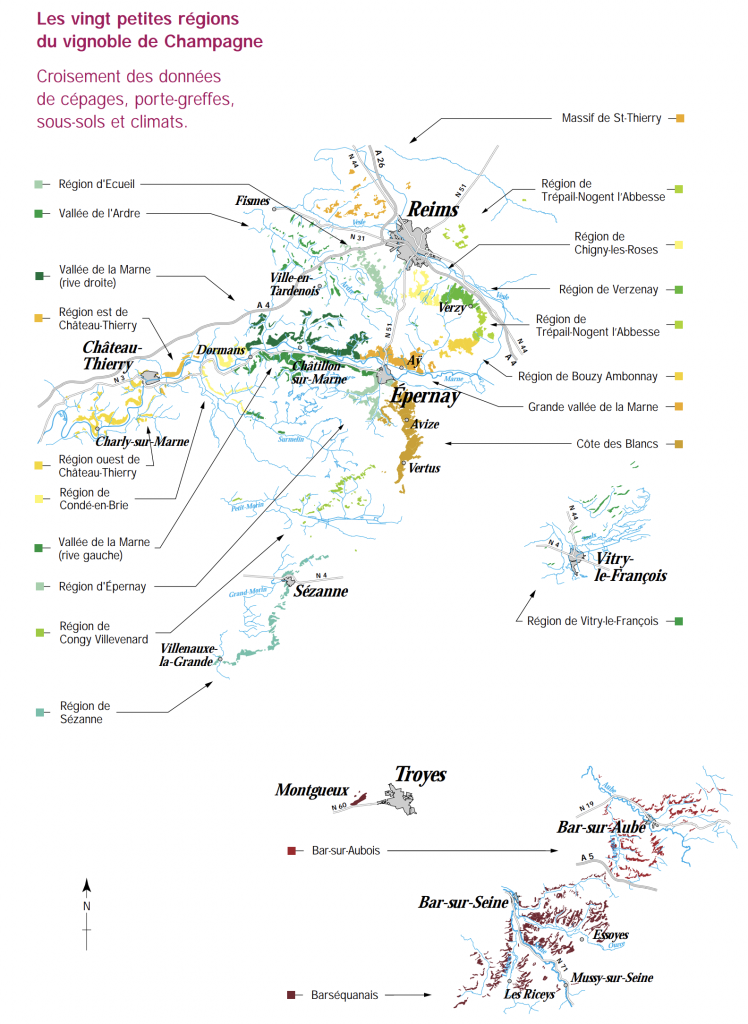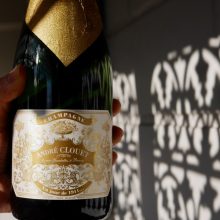
Product information
Agrapart Terroirs Blanc de Blancs MAGNUM (Base 2016/17) NV
Chardonnay from Oiry, Oger, Cramant, Avize, Champagne, France
$425
Description
I can feel a When Harry Met Sally Moment coming on! Not a fake one! This is the kind of bubble you propose with! Personality+ The ingredients: 100% Grand Cru Vineyards + 100% Chardonnay + 50% Reserve Wine, 50% barrel aged + 48months on lees + low dosage = Happiness in a glass. Give the super cuvées a run for half the coin (read kicks butt).
Available in 750ml.
Out of stock









You must be logged in to post a comment.